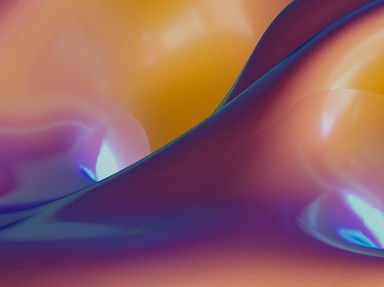Quiz Answer Key and Fun Facts
1. Which revolutionary Spanish artist co-founded Cubism and became one of the most influential figures in 20th-century art through his relentless innovation across painting, sculpture, and collage?
2. What kind of flashy medium did Dan Flavin use to create his minimalist installations?
3. What renowned Spanish surrealist was best known for his stunning 1931 oil painting "The Persistence of Memory"?
4. What artist is best known for his iconic 1893 expressionist painting entitled "The Scream"?
5. What leading figure of the pop-art movement provided the cover art for The Velvet Underground's first album, a banana that could be peeled away to show the pink fruit within?
6. Robin Smithson created what 1500-foot (450-meter) wide land-sculpture at Rozel Point on the northeastern shore of the Great Salt Lake in Utah?
7. What Luxembourg-American photographer, whose most famous portrait was of the celebrated sculptor Auguste Rodin, blurred the lines between celebrity portraits, fashion photography, and advertising?
8. Which prominent figure in the photorealism movement, known for their highly detailed still-life paintings, painted "Marilyn (Vanitas)" and "Queen"?
9. Which of the following artists, who was active in the 1920s, incorporated elements of jazz, urban life, and collage-like compositions in his work?
10. Which artist was both associated with the Dada movement during World War I and later contributed to kinetic art, though he is best known for photography and Surrealism?
Source: Author
JJHorner
This quiz was reviewed by FunTrivia editor
looney_tunes before going online.
Any errors found in FunTrivia content are routinely corrected through our feedback system.
